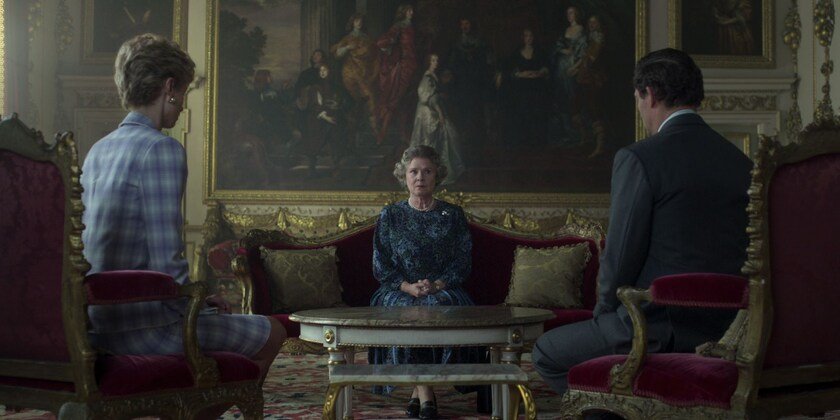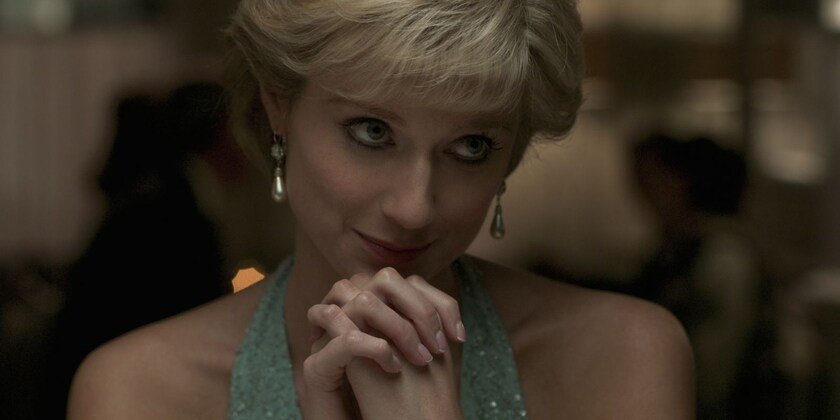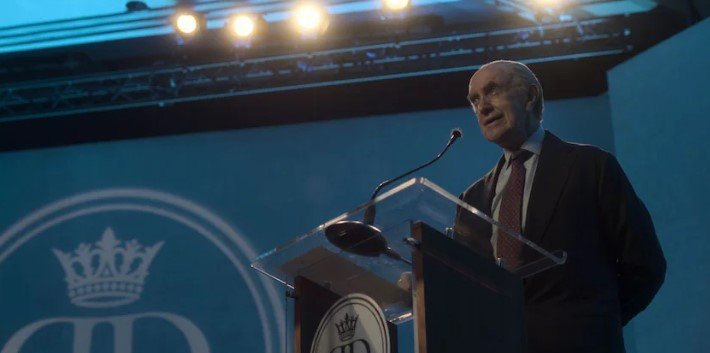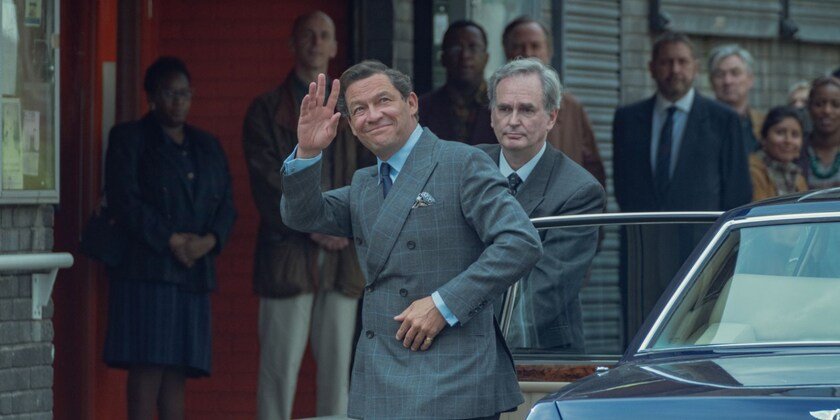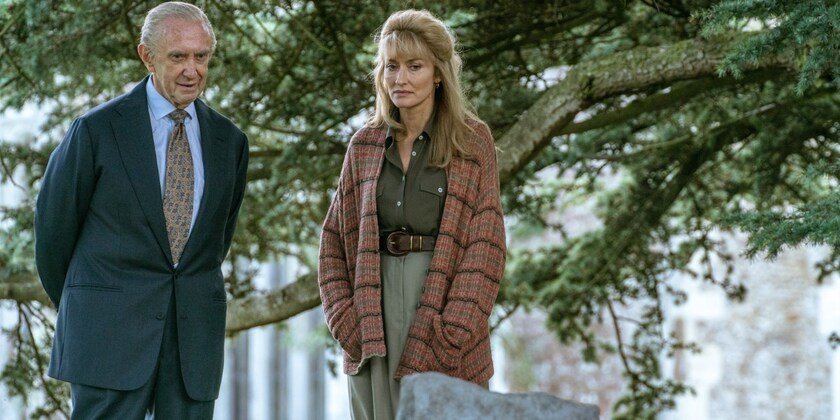The Crown Season 5 Story:-
In 2020, the fourth season of Netflix’s acclaimed historical drama The Crown offered viewers a nuanced portrayal of Queen Elizabeth II amidst the backdrop of significant political and personal turmoil. Under the masterful pen of writer Peter Morgan, the series delved into the complexities of royal life, exploring the Queen’s relationships with key figures such as Princess Diana and Margaret Thatcher. However, as the series entered its fifth season, it faced the daunting task of maintaining its momentum while navigating new historical territory.
Movie Ratings
|
One of the defining aspects of the fourth season was its exploration of Queen Elizabeth II through the lens of opposition. Peter Morgan adeptly depicted the monarch in one-on-one conflicts, showcasing her struggles with Prime Ministers and family members alike. This approach added depth to the character and provided insight into the challenges she faced as both a ruler and a mother.
Central to the fourth season was the portrayal of the tumultuous relationship between Prince Charles and Princess Diana. Dominic West and Elizabeth Debicki delivered compelling performances, capturing the complexities of their characters and the strain of their public personas. The dissolution of their marriage became a focal point of the season, forcing the series to slow its pace and linger on the emotional fallout.
Imelda Staunton’s portrayal of Queen Elizabeth II in the fifth season continued the tradition of strong performances in the role. However, the season struggled to maintain focus, with scattered storytelling and a lack of cohesive narrative direction. While the central conflict between Charles and Diana remained compelling, other storylines felt disjointed and forced.
One of the challenges faced by the series in its fifth season was finding meaningful conflicts for Queen Elizabeth II. As a character known for her stoicism and reserve, she often struggled to anchor the narrative in the same way as more dynamic figures like Diana and Margaret Thatcher. This resulted in scenes that felt flat and uninspired, lacking the emotional depth that characterized earlier seasons.
Similarly, the depiction of other key characters, such as Princess Margaret and Prince Philip, followed predictable patterns, with their central traumas serving as repetitive plot devices. While the performances were strong, the characters felt underutilized and their storylines lacked the complexity of previous seasons.
The addition of new storylines, such as the exploration of the Al-Fayed family’s rise to prominence or the Queen’s concern for the Romanov family’s remains, felt tacked-on and disconnected from the main narrative. These subplots lacked cohesion and failed to contribute meaningfully to the overarching themes of the season.
Critics also noted a didactic tone permeating the fifth season, with scenes feeling heavy-handed and lacking subtlety. Rather than engaging viewers in a compelling narrative, the series often felt like it was lecturing them on historical events.
As the series looks ahead to its final season, there is hope that it will regain its footing and deliver a satisfying conclusion. With significant historical events still to explore, including the death of Diana and the Blair era, there is potential for the show to recapture its earlier magic. However, for now, the fifth season of The Crown leaves much to be desired, lacking the depth and complexity that once made it a standout in the world of television drama.
“The Crown’s” fifth season will debut on Netflix on Wednesday, November 9.
